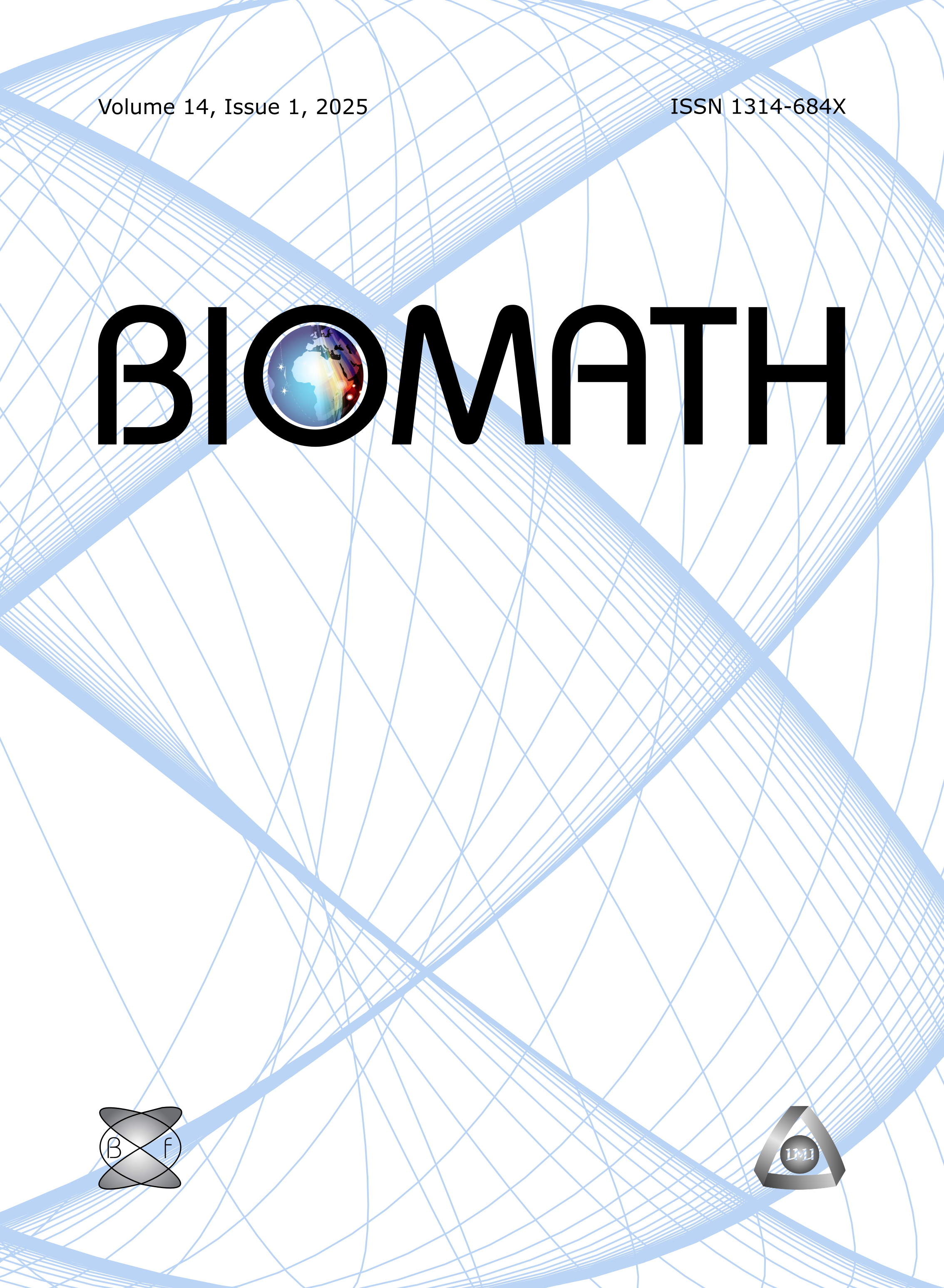A parameter uniform almost first order convergent numerical method for non-linear system of singularly perturbed differential equations
DOI:
https://doi.org/10.11145/j.biomath.2016.08.111Keywords:
Singular Perturbation Problems, boundary layers, nonlinear differential equations, finite difference schemes, Shishkin mesh, parameter uniform convergence.Abstract
In this paper an initial value problem for aВ non-linear system of two singularly perturbed first orderВ differential equations is considered on the interval (0,1].The components of the solution of this system exhibit initialВ layers at 0. A numerical method composed of a classicalВ finite difference scheme on a piecewise uniform ShishkinВ mesh is suggested. This method is proved to be almost firstВ order convergent in the maximum norm uniformly in theВ perturbation parameters.
Downloads
Published
Issue
Section
License
The journal Biomath is an open access journal. All published articles are immeditely available online and the respective DOI link activated. All articles can be access for free and no reader registration of any sort is required. No fees are charged to authors for article submission or processing. Online publications are funded through volunteer work, donations and grants.
Authors who publish with this journal agree to the following terms:
- Authors retain copyright and grant the journal right of first publication with the work simultaneously licensed under a Creative Commons Attribution License 4.0 that allows others to share the work with an acknowledgement of the work's authorship and initial publication in this journal.
- Authors are able to enter into separate, additional contractual arrangements for the non-exclusive distribution of the journal's published version of the work (e.g., post it to an institutional repository or publish it in a book), with an acknowledgement of its initial publication in this journal.
- Authors are permitted and encouraged to post their work online (e.g., in institutional repositories or on their website) prior to and during the submission process, as it can lead to productive exchanges, as well as earlier and greater citation of published work (See The Effect of Open Access).

